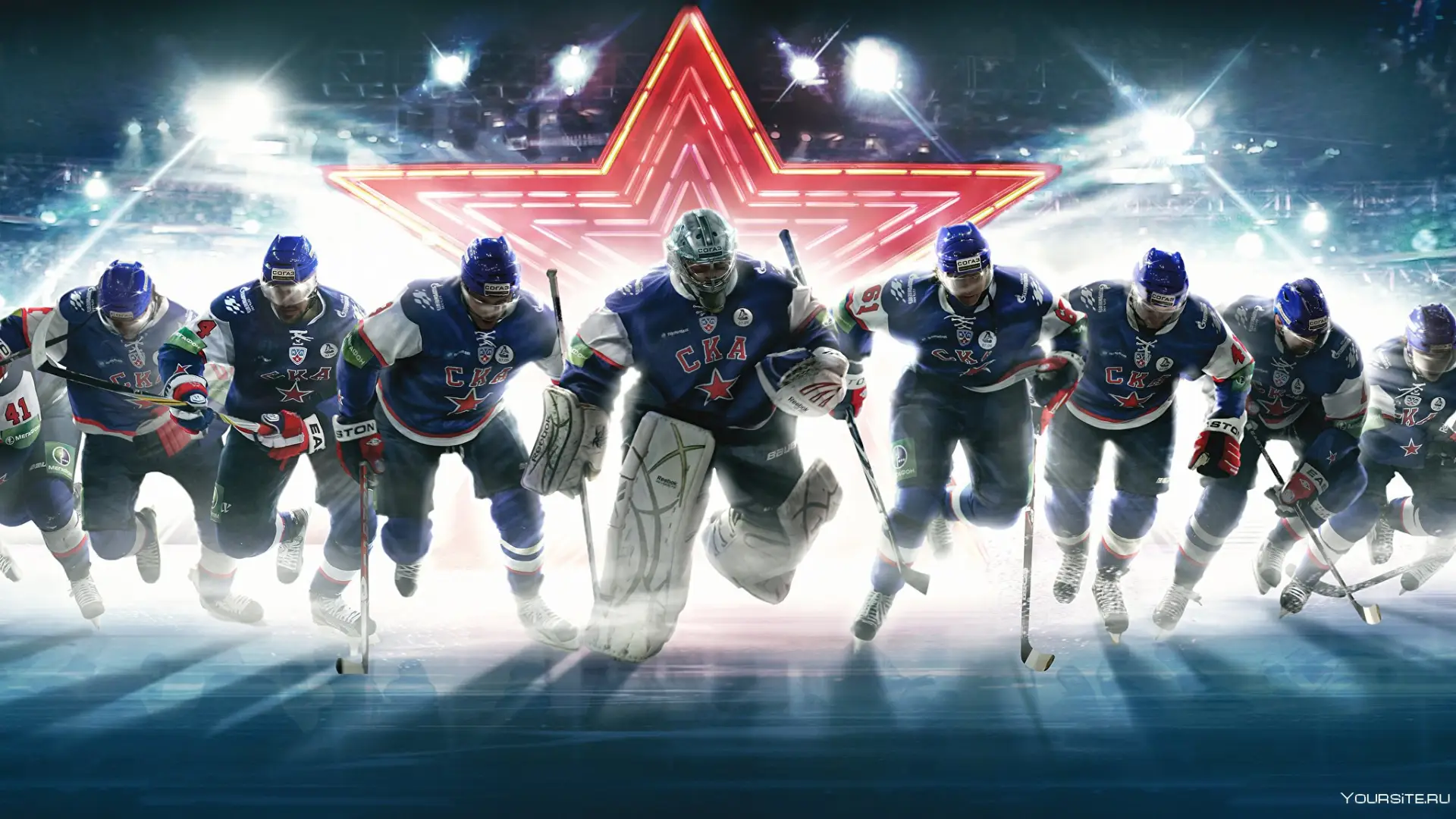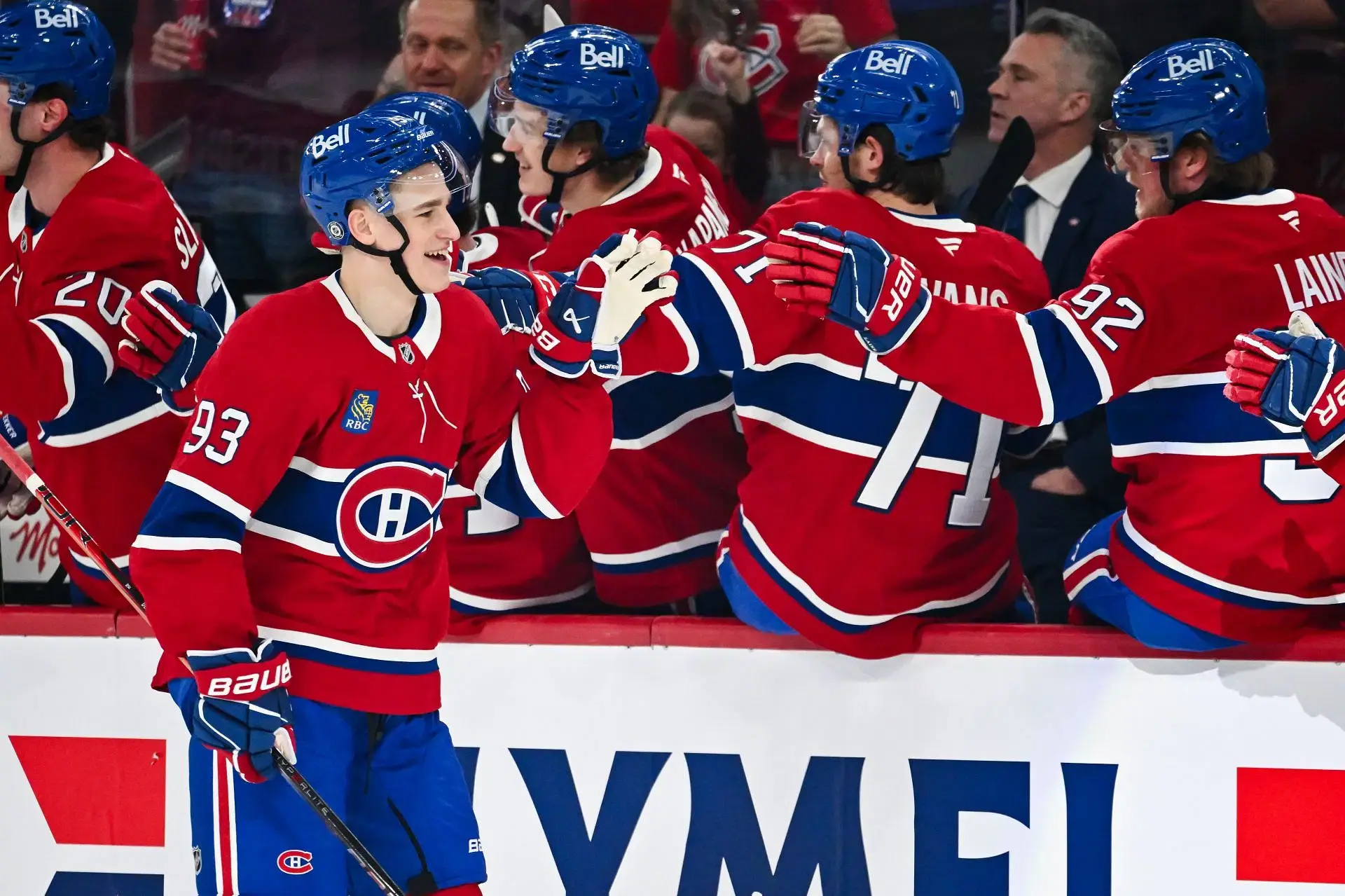Every winter, the ice attracts a new generation, and parents are increasingly wondering whether it is worth sending a child to hockey. The decision not only determines leisure activities but also affects the child’s character, development, and even immunity. A sports section helps to raise a strong, focused personality, but at the same time, it requires serious preparation and resources. Making the wrong choice at the start can lead to injuries, stress, and disappointment. To avoid such consequences, it is important to understand all aspects more deeply.
At what age should a child start playing hockey
The optimal starting age is from 4 to 6 years old. Sports schools begin recruiting in this period when motor coordination is actively developing, and the skeleton is still flexible enough. The Moscow school “Dynamo” opened enrollment for children from 4 years old in 2024. In Kazan, “Ak Bars” accepts kids from 5 years old. Starting late after 8 years old makes it harder for a child to catch up with peers in terms of reaction speed and physical fitness.

Coaches note that an early start helps develop basic skating skills, improves immunity through regular aerobic exercise, and helps to quickly master tactical elements of the game.
The Benefits of Hockey for Children: Development Without Compromise
Hockey sports for children provide a powerful boost to development in several directions. Regular outdoor training strengthens the respiratory and cardiovascular systems. The physical contact typical of hockey increases overall strength, coordination, and agility. Research from the Canadian Sports Institute has shown that young hockey players aged 8-10 have 30% better grip strength and overall endurance compared to children engaged in other sports.
Additionally, this sport actively trains reaction speed. The average reaction time for a hockey player is 0.25 seconds — 20% faster than that of an ordinary schoolchild. Such a skill is critically important not only in sports but also in everyday life.
The Advantages of Hockey for Children: Investing in the Future
It is not just a sport but a system that toughens the body and character from an early age. Before deciding whether to send a child to hockey, it is worth studying the real benefits of such a choice.
It is important to consider its specific advantages:
- Physical development: full-fledged training evenly develops all muscle groups.
- Health improvement: sports boost immunity through cold adaptations of the body.
- Character formation: constant struggle for the puck fosters perseverance, willpower, and stress resistance.
- Teamwork: teaches to subordinate personal ambitions to the common goal, develops skills of collective interaction.
- Discipline: strict training regimen cultivates organization and responsibility.
These advantages make ice activities an excellent platform for future success in any area of life, even beyond sports.
Character, Emotions, and Discipline: Forging on Ice
Hockey for children not only strengthens the body but also powerfully transforms the inner world. Constant challenges on the ice shape character, instilling a will to win. Faced with opponents and referee decisions, a child learns to control emotions, act rationally even in moments of intense stress.
Discipline in the hockey environment is akin to an unwritten law. Missing a training session or failing to complete a task instantly affects one’s position in the team. This experience teaches following a routine, setting priorities correctly, and taking responsibility for one’s actions.
Statistics show: 68% of children who have been playing hockey for more than 5 years successfully enter prestigious universities, thanks to high self-organization and the ability to work towards results.
Team as a School of Life
Teamwork in hockey has special value. A child learns to understand partners without words, feel the team’s mood, and instantly adapt to changing game conditions. Success is achieved only through collective efforts, fostering respect for others and the ability to support teammates in challenging situations.
Psychologists claim: children participating in team sports are 45% more successful in building relationships in a group and adapt more easily to new social circles.
Should a child be sent to hockey if strong development of communication and leadership skills is needed? Definitely yes — team spirit on the ice is cultivated from a young age.
Physical Foundation: Strength, Reaction Speed, and Immunity
Ice training turns the body into a powerful tool. The specifics of hockey require strength, speed, and flexibility simultaneously. Regular sessions increase muscle mass by an average of 10–15% in the first year, while also improving joint mobility and coordination.
Working on the ice develops reaction speed. Hockey players react lightning-fast to changes in the situation, speeding up information processing in the brain. The average decision-making speed among young hockey players is 0.3 seconds faster compared to peers not engaged in sports.
Immunity also receives a significant boost. Constant exposure to low temperatures adapts the body, reducing the frequency of colds by 25% according to research from the Russian Sports Medicine Center.
Education and Development
Sports systematically develop not only the body but also the mind. Tactical schemes, the need to anticipate opponents’ actions, plan one’s movements — all of this trains analytical abilities and strategic thinking.

Educational institutions in countries with a developed hockey culture, such as Canada and Sweden, actively support student-athletes. They note higher results in mathematics and natural sciences among them.
So, Should You Send Your Child to Hockey?
When deciding whether to send your child to hockey, it is necessary to soberly assess all aspects: physical readiness, interest in team sports, readiness for discipline, and certain financial expenses. Sports develop character, strengthen health, and teach teamwork. It requires effort from both the child and the parents. The appropriate age, convenient form, and reasonable loads are important. Coach support helps in physical and emotional growth.
 en
en  ru
ru  de
de  ar
ar  es
es  hi
hi  fr
fr  nl
nl  it
it  pt
pt  el
el 



